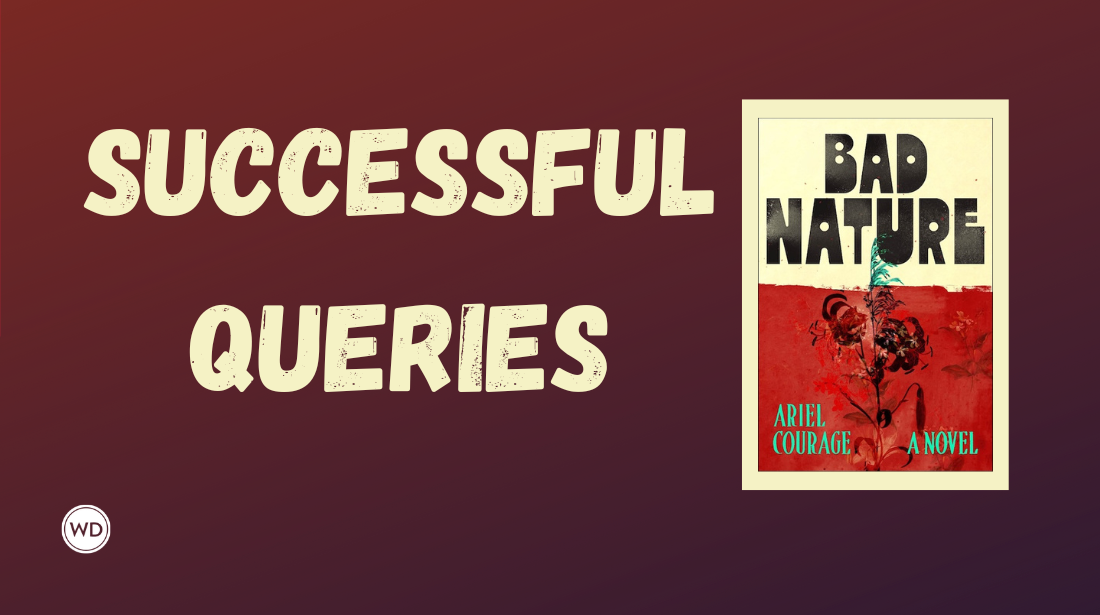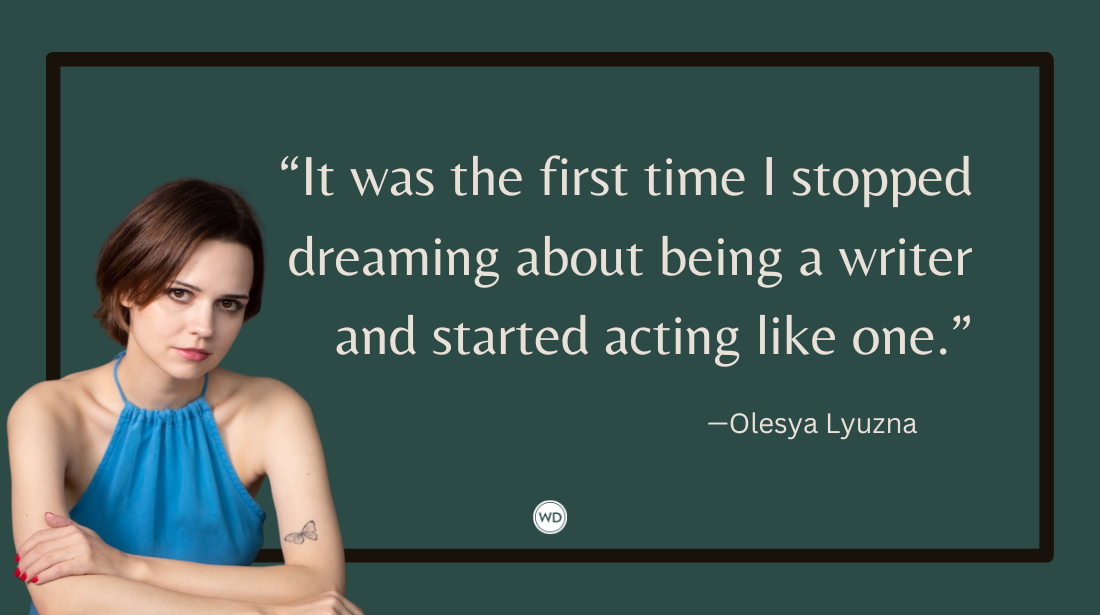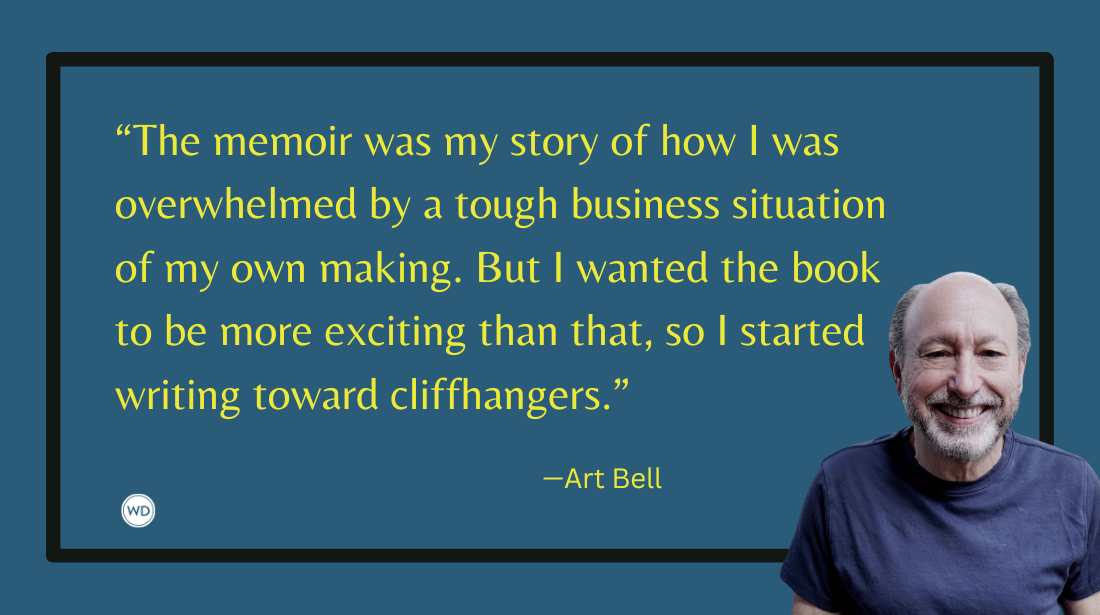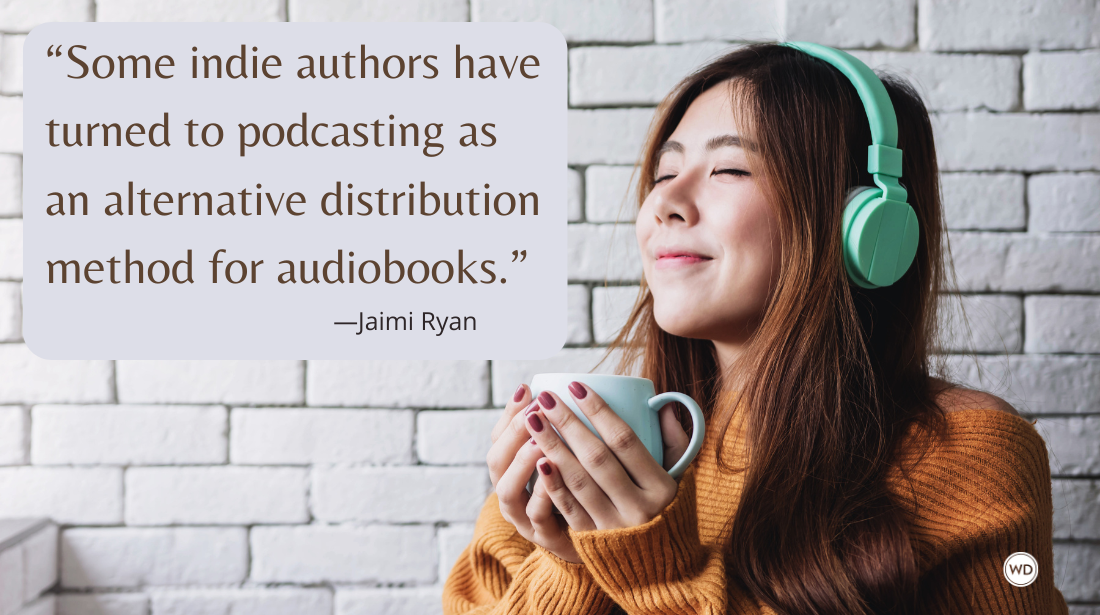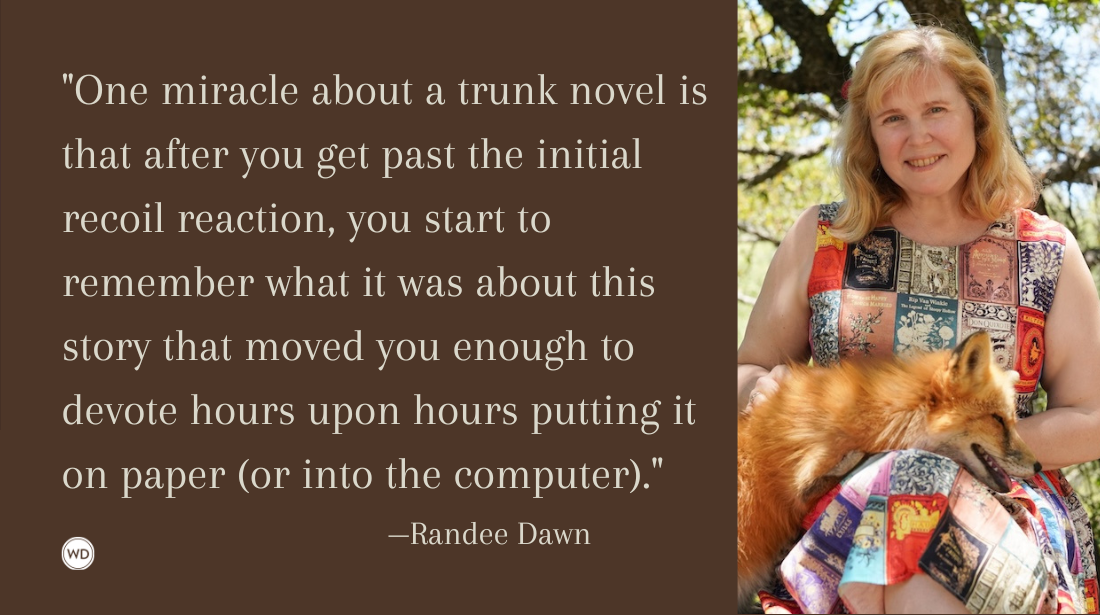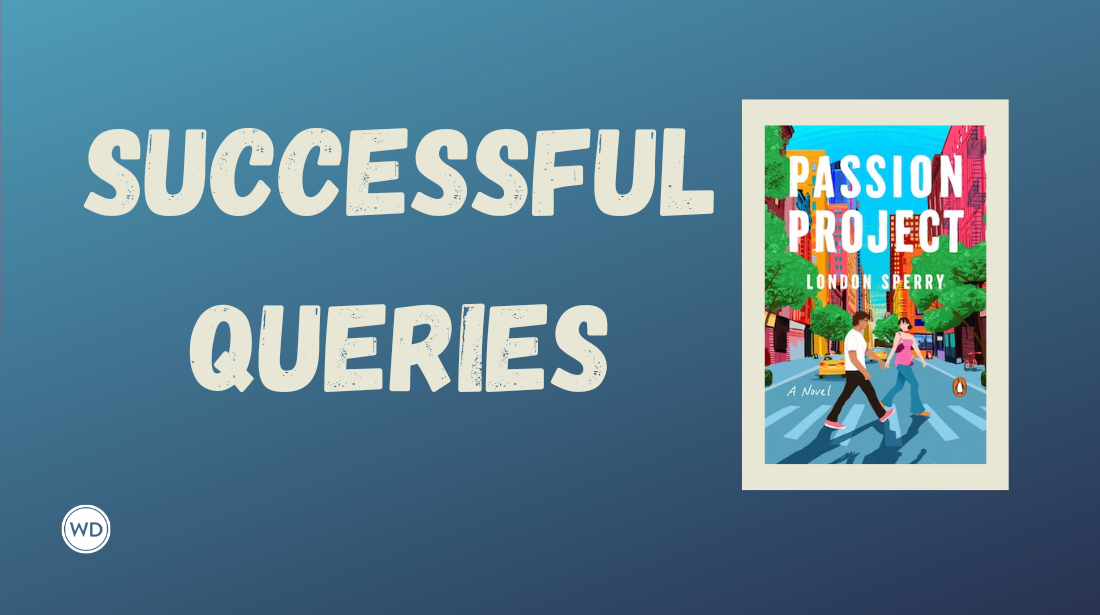My Scientific Method for Escaping the Slush Pile
Author Ruth Spiro shares her scientific method for escaping the slush pile and finding publishing success.
In 2003 my picture book manuscript, Lester Fizz, Bubble-Gum Artist, was a children’s fiction winner in the Writer’s Digest Annual Writing Competition. Later that year, I sold it to an editor at Dutton Children’s Books. It was the first manuscript I ever submitted, and was acquired by the first editor who read it. But that’s where my beginner’s luck ended. If the rest of my publishing journey had been that easy, I wouldn’t have much helpful advice to offer.
Five years, three delayed publication dates, and two illustrators later, Lester Fizz was finally published in 2008—just in time for our economy, and the entire publishing industry, to take a nosedive. Two months later my editor left Dutton, leaving my debut book an orphan. A Series of Unfortunate Events, indeed.
I’d assumed that having my first picture book published would open doors for me, but really, it hadn’t changed a thing. I continued to write and submit picture book manuscripts, receiving an endless string of rejections. Not even a nibble. If I wanted another chance at publication, I needed to find a way to make my manuscripts stand out in the slush pile. Editors and agents always say they’re looking for a “fresh take” in a submission, but what does that mean?
Give the traditional a new twist
In the fall of 2010 I read an article in The New York Times that sparked an idea. “Picture Books No Longer a Staple for Children” noted that many parents, hoping to give their little ones an educational advantage, were bypassing picture books and instead reading books intended for older children to their babies and toddlers. I realized I could fill a need in the market by giving these parents the best of both—board books for babies with the addition of elevated educational content—and the concept for my Baby Loves Science series was born.
Research your reader
I’d previously written picture books, so I had a lot to learn about creating board books. Was my goal of incorporating complex science concepts into this format even possible? I spent nearly a year immersed in research on early literacy and how babies acquire language because I wanted my new series to be age appropriate. I also spent countless hours at my public library reading every board book I could find.
I learned that the most effective way to make abstract ideas more accessible is to present them within the context of a story. Listening to a story activates the language processing center of a child’s brain and helps make the information more memorable (this is true for adults, as well). So, while concept books have their place in baby’s first library, my new approach to introducing science in this traditional format seemed to be exactly the “fresh take” editors might be looking for. There simply weren’t any other books like this around.
Using this research-based strategy I crafted three sample manuscripts and began submitting them together as part of a proposal package. Once again, the rejections rolled in. But this time many were accompanied by personal notes, otherwise known as “good” rejections. At the very least, I had succeeded in making my submission stand out. I continued submitting and by 2014 I had an agent and a contract from Charlesbridge Publishing for the first two titles, Baby Loves Aerospace Engineering and Baby Loves Quarks. Best of all, we found the perfect illustrator to make the books both visually appealing and scientifically accurate, Irene Chan.
My research had paid off. Little ones gobbled up the books, parents enjoyed relearning the science they’d snoozed through in physics class, and booksellers asked for more. The newest release, Baby Loves Meteorology, joins other topics like thermodynamics, quantum physics and paleontology, becoming the 25th book in the Baby Loves Science series. My fresh take on the board book market has been translated into 10 languages with more than 1,000,000 copies in print worldwide.
Leverage what works and level-up
The first two Baby Loves Science titles released in 2016, which meant that by 2021 those little listeners were becoming little readers. My next fresh take, with encouragement from editor Alyssa Pusey and agent Susan Hawk, was to create a new series for graduates of the board books.
If I wanted to create another successful series, it wouldn’t be enough to simply repurpose the content from Baby Loves Science in picture book form. Also, there are already many excellent nonfiction STEM titles for early elementary readers, so once again I had to find a way to make my books stand out from the rest.
Through social media and conversations with parents at book signings I gained insight into my young fans, learning they often develop an intense interest in a topic. We’ve all met that kid, the one who can name every dinosaur or describe how their favorite video game works—and will talk endlessly about it to anyone who will listen! My next project became a picture book series inspired by that kid. How to Explain Coding to a Grown-Up came out in 2023, followed by How to Explain Robotics to a Grown-Up and the latest, How to Explain Climate Science to a Grown-Up. This new series is illustrated by Teresa Martinez, also a pro at translating complicated science ideas into kid-friendly, easily understandable art.
Ultimately, my top priority will always be my young readers. I hope my books help kids feel smart and confident while encouraging them to explore the amazing world around us. Both series have gained attention because of the popularity of STEM education, but my goal was never to capitalize on a trend. Rather, I used what I learned about the market and my intended audience to guide and reframe the work I was already passionate about doing, giving my books the best chance of getting out of the slush pile and into young readers’ hands.
Check out Ruth Spiro's Baby Loves Meteorology here:
(WD uses affiliate links.)
Ruth Spiro is the author of more than 30 children’s books, with over one million copies in print worldwide. Her bestselling Baby Loves Science board books are the groundbreaking originals that introduce big ideas to the littlest listeners in an age-appropriate and engaging style. The series has been praised by the Los Angeles Times, NPR, TODAY, Popular Science, Working Mother, and more. Ruth graduated with a B.S. in Communications from the University of Illinois at Urbana/Champaign and earned an MBA from Loyola University of Chicago. She worked for advertising agencies in both account management and broadcast production, and coordinated a large-scale research grant at DePaul University funded by the National Institutes of Health. Ruth’s work has won awards and recognition from the National Science Teaching Association, Bank Street College of Education, Illinois Reads, Purdue Engineering, Willamette Writers, and Writer’s Digest. Ruth lives in Chicago. https://ruthspiro.com/ | @ruthspiro



